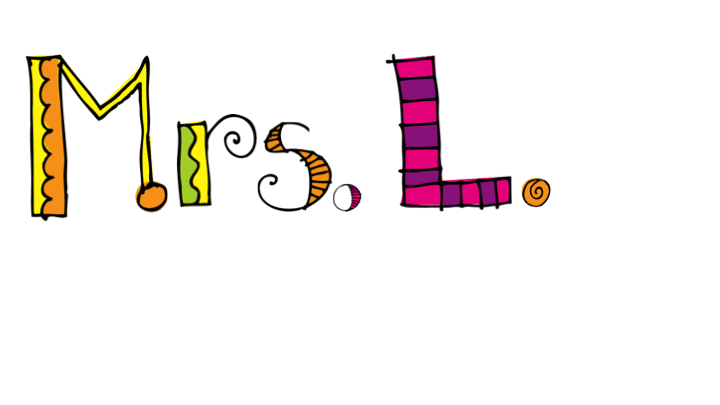Heather F. had a good question on TpT; How do Quizzes fit into student Assessment when using scales? Assessment can seem overwhelming, especially if your school or district requires their own special brand of data tracking. In the classroom it’s imperative that we assess where our students are before, during, and after we teach, but there are many ways to do that; some ways help students grow and give you the information you need. Other ways are a complete drain of classroom time.
In my Guide to Using Marzano Scales, I explain the difference between using formal and informal assessment means. My materials are written to integrate the standard with Marzano Scales in a simple two-page format that works as a pretest and posttest. This part is really important! It saves classroom time to give the same test twice. It also helps students to visually and concretely see themselves advance through concept and skill mastery on the same piece of paper! Here’s an example from a 5th grade, the front side and back side of the 5.OA.2 standard:


1. Introduce your Scale with minimal explanation or examples for each level. Find these on TpT under your own grade level (3rd-8th!)

2. Give the Assessment the first time for that standard. Set a time limit and allow students to get as far as they can in one sitting. The Assessments are leveled so students can see the prior knowledge from previous grade levels that led up to the current standard. Most of them will know some of it and will “pass” levels 1 or 2 after you check the pretest.
3. Share the pretest after you’ve checked it! This is where the magic is! They see their starting place, can make a realistic goal which helps them to pay more attention to the content and have a sense of control because they have an idea of where it’s going. (You may worry about them remembering the later test content – after working with gifted kids for several years, I never had problem with this. The posttest is given weeks later and if they didn’t know the content before, they aren’t really paying attention to the specific problems.)
4. Differentiate instruction based on the pretest results. This is just part of good classroom practice, and you may be doing informal pre-assessments all the time! The benefit of having something concrete is that it’s not just in your head, it gets into their head, giving them access to the curriculum in a way that enables more student ownership! Seriously, this pre-assessment is totally worth the classroom time!!!!
5. Quiz time! Quizzes are optional of course, but I have added them to my bundles because teachers were requesting multiple measures of proficiency. They want to know their students were getting the instruction, and had a great chance of passing the post-assessment before they gave it. You may use homework, classwork, or project work samples to monitor your students’ comprehension. It’s up to you! If you’re struggling with classroom time you may want to use another method. My Quizzes are created to focus on each standard, because that’s how the Marzano Scales Posters and Assessments are presented.

6. When you feel your students have had enough practice for most o them to be proficient, give the same page back as the post-assessment. YES! The post-test is the exact same page. It may seem like a lot of testing, especially if your school requires other tests as well, but a few thoughts come to mind…
…there’s always multiple ways to accomplish similar tasks, so decide which practices get you the most bang for your buck, and drop the rest!
…with formal pre- and post-assessments your students will see their progress in a way that allows them to take more responsibility for paying attention to the content they need to master.
…using the same page can save lots of time because, although you will grade it twice, you won’t regrade the whole thing. Also, your students will not complete the whole thing the second time. They will be rewarded with the knowledge that they can skip ahead to the parts they hadn’t previously mastered. It feels good to them!
In my Guide to Using Marzano Scales, I have a whole section with ideas on organizing your time and your classroom space to use scales efficiently.
Sign up for my email newsletter to get your free digital copy!
Thanks for stopping by and I hope you find these ideas helpful.


Thank you bunches!!!! I love your items and have been using them “my own way” since I purchased them but some pieces aren’t working for me. This makes so much more sense. I appreciate you taking the time to explain this =)
No problem Heather! I’m sure you’re not the only one with questions. 🙂 Hope the rest of your year goes smoothly!